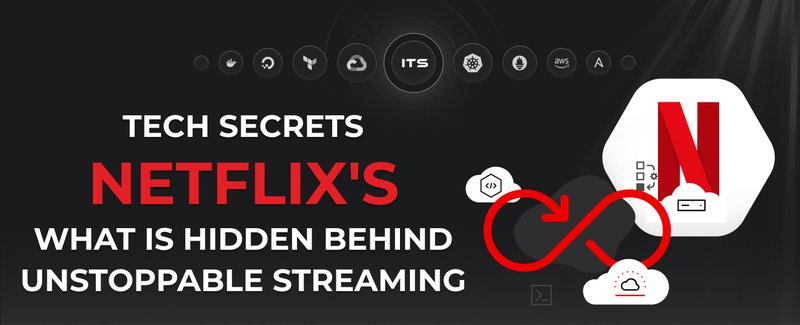At ITSyndicate, we are a DevOps team that values automation and efficiency in managing our clients' infrastructures. This approach has always been a priority for us. Over the years, we have experimented with many different tools and strategies for implementing infrastructure as code (IaC). We have found that Terraform and Terragrunt offer a powerful combination for our purpose.
Terraform and Terragrunt: streamlining Infrastructure management at ITSyndicate
For those unfamiliar with these tools, Terraform is a popular open-source tool developed by HashiCorp that allows users to define and provision infrastructure resources in a predictable, repeatable manner. It supports a wide range of cloud providers and infrastructure resources, including virtual machines, databases, and networking resources, making it a flexible choice for implementing IaC.
Terragrunt, on the other hand, is a thin wrapper around Terraform that adds additional functionality and makes it easier to use in a team setting. It provides features such as automatic locking, remote state management, and the ability to define dependencies between different Terraform modules.
One of the primary benefits of using Terraform and Terragrunt at ITSyndicate has been the ability to version control and track changes to our infrastructure. With IaC, we can store our infrastructure configuration in Git and use a pull request to review and approve changes before they are applied. This approach helps us ensure that our infrastructure is always in a known, stable state and makes it easier to roll back any changes that may cause issues.
In addition to version control, another key advantage of using Terraform and Terragrunt is the ability to reuse code and create modular infrastructure. We can define reusable modules for common infrastructure patterns, such as VPCs or database clusters, and use these modules to build out our infrastructure consistently and efficiently. This approach not only saves time and effort but also helps ensure that our infrastructure is built in a standardized and maintainable way.
Finally, Terraform and Terragrunt have also made it much easier for us to manage infrastructure across multiple environments, such as staging and production. We can use environment-specific variables to customize our infrastructure for each env and use Terragrunt to define dependencies between different backgrounds. This life hack allows us to test efficiently and deploy changes to our infrastructure in a controlled and safe manner.
Best practices for efficient infrastructure management
Please check a few tips and best practices we have learned along the way that can help you get the most out of these tools.
- Use Terragrunt for more accessible team collaboration: As mentioned earlier, Terragrunt is a thin wrapper around Terraform that adds additional functionality, including automatic locking and remote state management. These features make it much easier to use Terraform in a team setting, as they help prevent conflicts and ensure that only one person can make changes to the infrastructure at a time.
- Use modules to create reusable infrastructure code: One of the key benefits of using Terraform is the ability to create reusable modules for common infrastructure patterns. Building your infrastructure can save time and effort, as you can reference these modules rather than write the same code repeatedly.
- Use environment variables to customize your infrastructure: Terraform allows you to use variables to customize your infrastructure for different environments, such as staging and production. This can be a great way to ensure your infrastructure is customized for each env and make testing and deploying changes easier.
- Use Git for version control and collaboration: As with any codebase, it's important to use version control to track changes and collaborate with team members. We recommend using Git to store and manage your Terraform code, as it allows you to track changes easily and use a pull request for code review.
Unleashing the full potential of Terraform and Terragrunt: ITSyndicate's DevOps as a service solution
Overall, our experience with Terraform and Terragrunt has been highly positive. These tools have allowed us to automate and streamline the process of managing infrastructure and have helped us ensure that our infrastructure is reliable, scalable, and easy to maintain. These tips and best practices will help you get the most out of these powerful tools. But if you are searching for a reliable DevOps as a service provider to make your infrastructure written as a code, don't hesitate to contact us and discuss your case with our best specialists!
Docker commands and Dockerfile usage for running containers on a local machine
Docker commands and Dockerfile usage for running containers on a local machine
Netflix tech stack for powering streaming backend and cloud solutions





